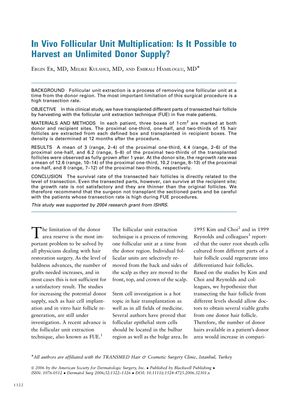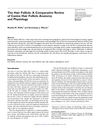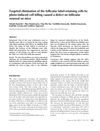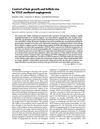In Vivo Follicular Unit Multiplication
November 2006
in “
Dermatologic Surgery
”

TLDR Cutting hair follicles into pieces for transplantation results in poor growth and thinner hair, and the technique is more invasive than previously thought.
In the 2006 study, researchers explored the potential of using transected hair follicles for hair transplantation in five male patients, employing the follicular unit extraction (FUE) technique. The study found that the survival rate of the transplanted follicle portions at the recipient site was dependent on the level of transection, with a mean survival of 3, 4.4, and 6.2 fully grown follicles for the proximal one-third, one-half, and two-thirds, respectively. At the donor site, regrowth rates were 12.6, 10.2, and 8 for the same transection levels. The study concluded that the growth rate of transplanted sections was unsatisfactory and the resulting hairs were thinner, recommending against the use of sectioned parts for transplantation and urging caution to avoid high transection rates during FUE procedures. Despite a 68% survival rate for the proximal half of the follicle when left in the donor area, the document notes the inconsistent results of such studies and calls for further research considering various factors that may affect hair survival. It also challenges the notion of FUE being "minimally invasive," suggesting it is more invasive than strip harvesting per follicular unit obtained.


